Race Day Live U.S. Secretary of Transportation Sean Duffy visited western North Carolina on Monday to check the damage on Interstate 40 in Haywood County near the Tennessee border.
ABC affiliate WLOS reported that Duffy was there to see the ongoing repairs after Hurricane Helene caused landslides and flooding in the area.
The road has been closed since September last year due to severe damage from the hurricane. Local authorities have been working to restore it, but progress has been slow.
Duffy’s visit aims to bring more attention to the issue and push for faster repairs.
President Donald Trump also visited western North Carolina recently. He was in Asheville last month, marking his first visit since taking office. Trump had previously visited the area twice during his 2024 campaign.
During his trip, Trump spoke to the media about his plans for the Federal Emergency Management Agency (FEMA).
Read More:
- Kansas Faces a Legal Crisis: Lawyer Shortage Reaches Critical Levels!
- Ohio Kids of the 80’s Will Remember These 10 Delicious Foods
He mentioned he was considering signing an executive order to make major changes to FEMA or possibly eliminating it.
“FEMA has been a very big disappointment,” Trump said, according to an AP report. “It’s very bureaucratic. And it’s very slow. Other than that, we’re very happy with them.”
Trump has been vocal about his belief that states should take more responsibility for handling disasters. He suggested that instead of relying on FEMA, states should manage disasters like hurricanes and tornadoes on their own.
“I’d like to see the states take care of disasters,” Trump said after landing in Asheville. “Let the state take care of the tornadoes and the hurricanes and all of the other things that happen.”
He argued that state-level management would be quicker and more cost-effective than using FEMA.
“FEMA just hasn’t done the job,” Trump added. “We’re looking at the whole concept of FEMA.”
During his visit, Trump also met with families in Swannanoa, discussing their concerns and experiences with disaster recovery efforts.
Many locals have expressed frustration with slow federal assistance, adding pressure on the government to make changes.
Duffy’s visit to the damaged highway highlights ongoing infrastructure issues in the region. With political debates over FEMA’s future and disaster response responsibilities,
North Carolina residents are hoping for quicker solutions to repair their roads and protect their communities from future disasters.
Disclaimer- Our team has thoroughly fact-checked this article to ensure its accuracy and maintain its credibility. We are committed to providing honest and reliable content for our readers.

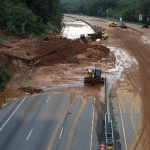


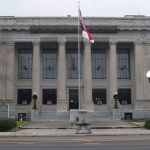
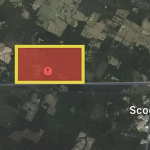


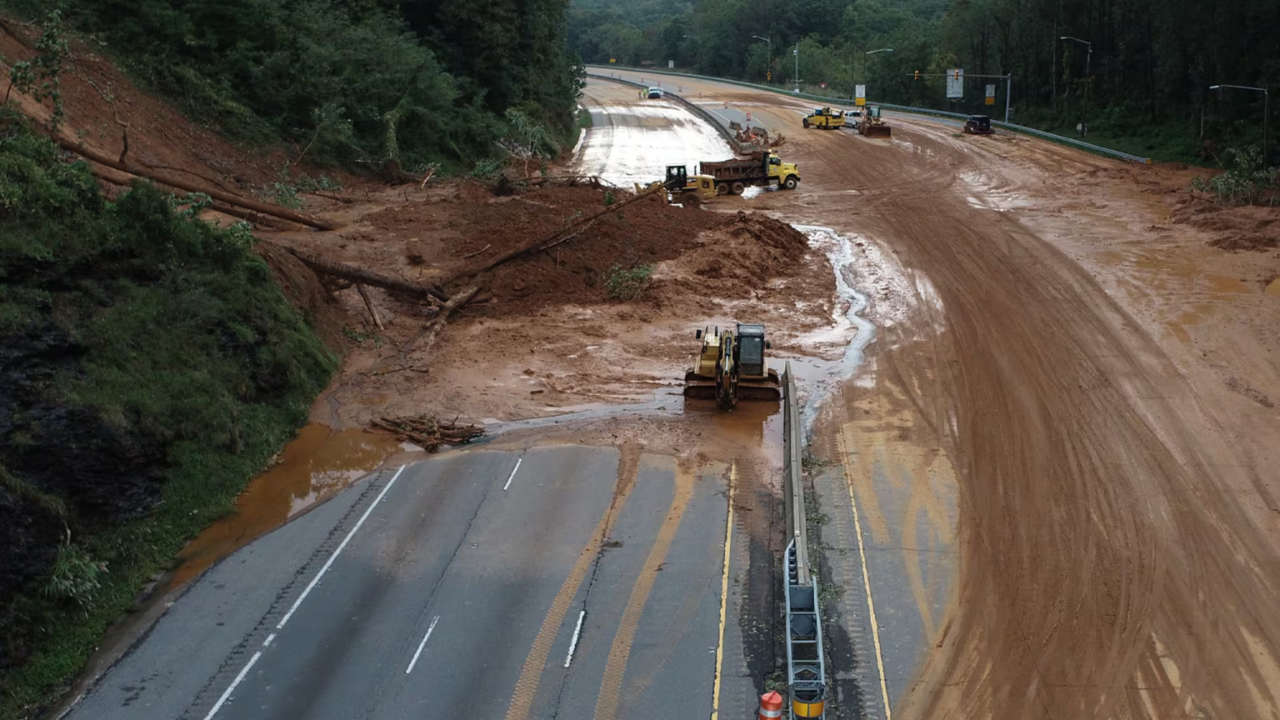





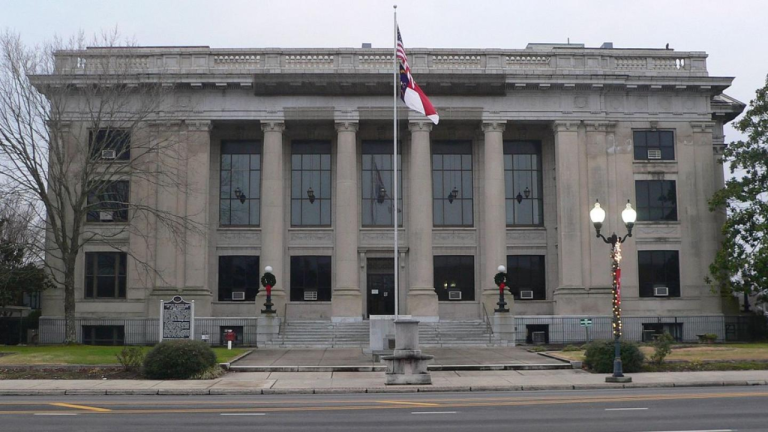

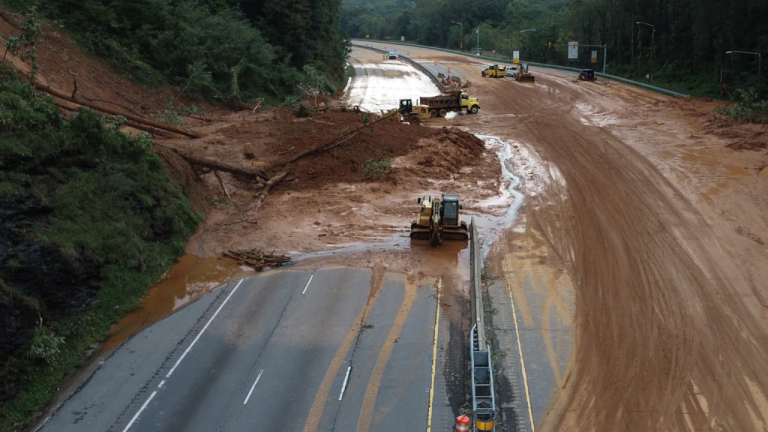
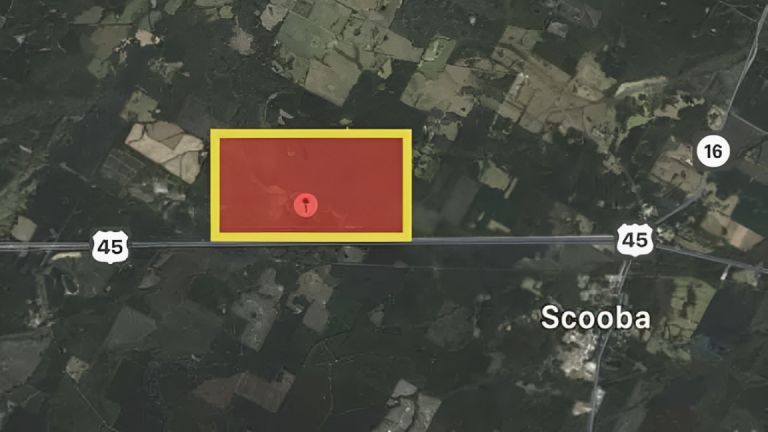






+ There are no comments
Add yours